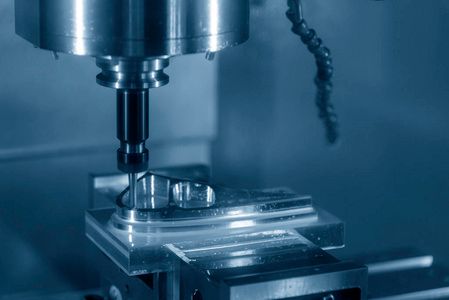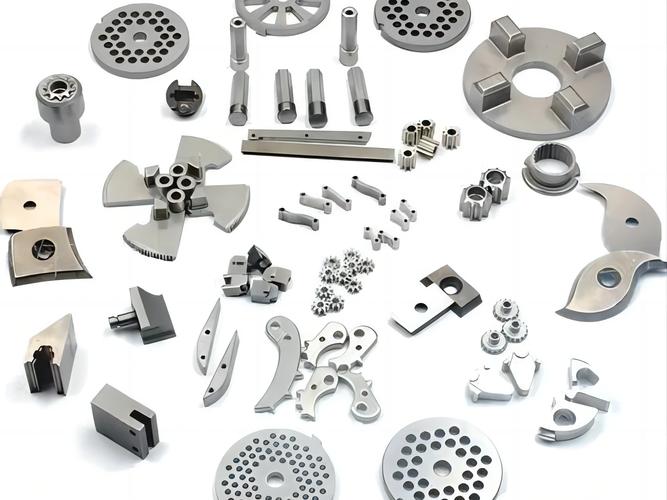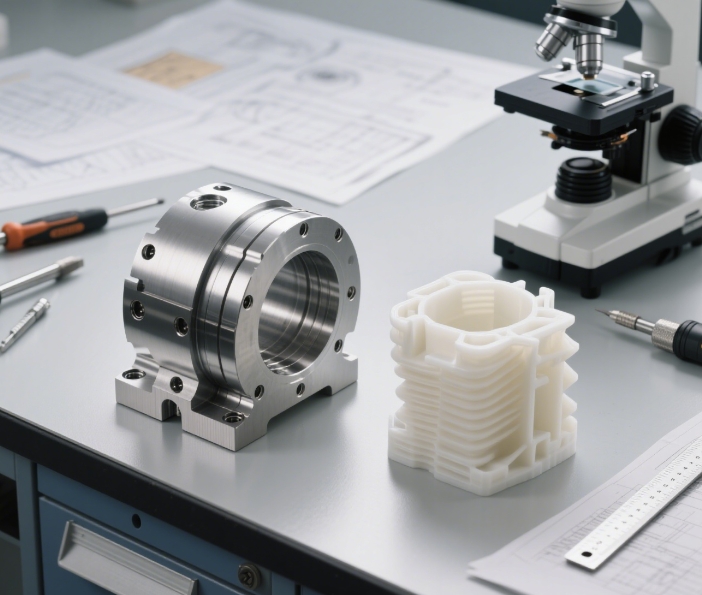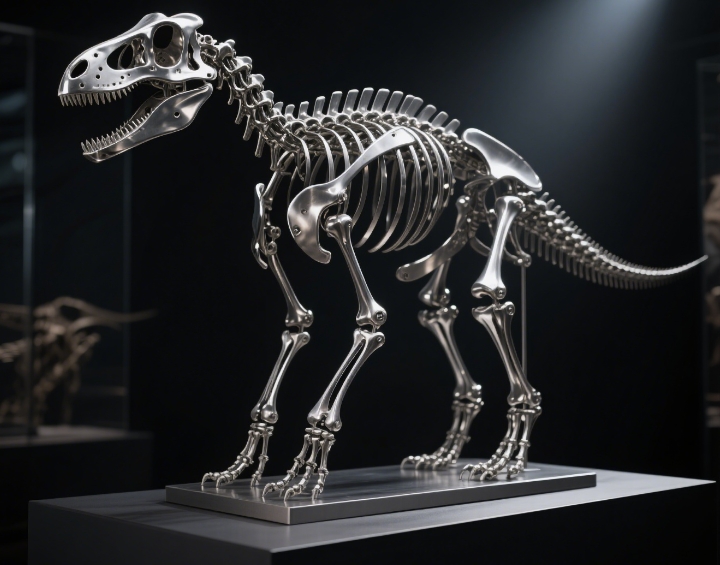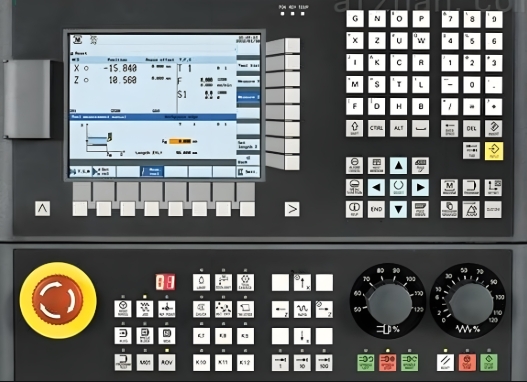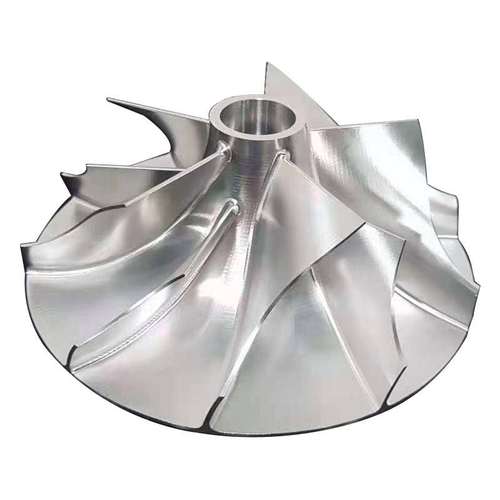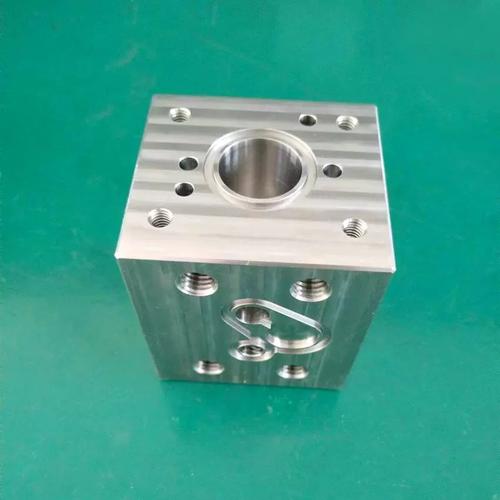Answer
Custom CNC machining costs vary significantly based on materials, design complexity, batch size, and surface finishing. For simple aluminum parts in small batches, costs range from $5 to $50 per piece, while complex titanium components with tight tolerances may cost $200 to $2,000+ each. Hourly rates typically fall between $50 and $200, depending on equipment (e.g., 5-axis machining for aerospace parts may cost $150–$300/hour, while basic milling is $60–$100/hour). Mass production can reduce unit costs by 20%–40%, while small batches may incur 30%–50% higher costs due to frequent setup adjustments. Surface treatments like anodizing ($20–$25/m²) or fluorocarbon spraying ($12,000–$15,000/ton) also add significant expenses.
Technical Analysis: Cost Components and Optimization Strategies
1. Material Costs: The Foundation of Expenses
- Metals: Titanium alloys cost 5–8 times more than aluminum and are harder to machine, ideal for aerospace. Stainless steel (e.g., 304) is moderately priced but sticky, requiring special tools. In 2025, aluminum costs $2.2–$2.8/kg, while titanium ranges from $30–$50/kg.
- Plastics & Composites: ABS costs $3–$5/kg for prototypes, while high-performance plastics like PEEK exceed $100/kg for high-temperature applications.
- Procurement Tips: Bulk purchasing can yield material discounts. For example, anodizing 1 ton of aluminum extrusions costs 30% less than smaller quantities.
2. Machining Complexity: The Geometry-Process Trade-off
- Shape Complexity: Parts with internal channels or thin walls require multi-axis machining, increasing time by 2–3 times. Programming and debugging a 5-axis mill for an impeller, for instance, may account for 40% of total costs.
- Tolerance Precision: Medical parts with ±0.01mm tolerances need high-precision grinders and CMM inspection, costing 50% more than parts with ±0.1mm tolerances.
- Process Selection: EDM is suitable for hard materials but slow, costing $80–$150/hour; turning symmetrical parts is efficient at $40–$80/hour.
3. Batch Effects: The Core of Scale Cost Reduction
- Small Batches (1–10 units): Setup costs dominate, as changing fixtures and tools may take 2–4 hours, increasing unit costs by 30%.
- Medium Batches (100–1,000 units): Spreading fixed costs reduces unit prices by 20%–40%. For example, CNC punching costs as low as $0.06/second in bulk vs. $0.1/second for small batches.
- Large Batches (10,000+ units): Automated lines and specialized tools cut costs further, though upfront equipment investment is needed.
4. Surface Finishing: Balancing Function and Aesthetics
- Basic Treatments: Sandblasting ($0.5–$2/unit) deburrs parts; anodizing ($20–$25/m²) enhances wear resistance for industrial use.
- Premium Processes: Micro-arc oxidation ($50–$80/m²) suits consumer electronics for hardness and texture; fluorocarbon spraying ($12,000–$15,000/ton) offers weather resistance for outdoor facades.
- Cost Control: Powder coating ($3,500–$5,000/ton) for indoor decor costs 60% less than fluorocarbon spraying.
5. Design Optimization: Cutting Costs at the Source
- Simplify Structures: Reduce hard-to-machine features like deep cavities or narrow slots. Converting blind holes to through-holes, for example, can cut machining time by 30%.
- Standardize Design: Use common fasteners and tolerance grades (e.g., IT8–IT10) to avoid custom fixtures and special inspection tools.
- DFM (Design for Manufacturability): Use online platforms (e.g., Sujia’s website) for real-time quoting to identify design flaws early.
6. Regional and Supply Chain Factors: Global vs. Local Trade-offs
- Overseas Machining: Chinese suppliers typically quote 30%–50% lower than Europe/North America, but factor in shipping ($0.5–$2/kg). For example, shipping a 5-axis part from China to the U.S. may account for 10% of total costs.
- Local Advantages: Local suppliers offer emergency delivery (e.g., 72 hours) but charge 20%–50% expedite fees.
7. Equipment and Technology: Investing in Efficiency and Precision
- 5-Axis Machines: Despite high costs ($200,000+), they reduce setups and boost complex part efficiency by 50%.
- Smart Manufacturing: AI-driven auto-compensation algorithms can lower defect rates below 1% and save 15% machining time.
Cost Estimation Cases
| Project | Material | Complexity | Batch | Surface Finishing | Cost Range |
|---|---|---|---|---|---|
| Drone Bracket | Aluminum | Medium | 10 units | Anodizing | $80–$150/unit |
| Medical Implant | Titanium | High | 1 unit | Polishing + Sterilization | $1,500–$3,000 |
| Car Engine Cover | Stainless Steel | Complex | 500 units | Powder Coating | $200–$350/unit |
| Consumer Electronics Shell | ABS Plastic | Medium | 20 units | Silk Screening + High-Gloss | $30–$60/unit |
Cost Reduction Tips
- Consolidate Orders: Combine small parts into one machining task to minimize equipment switching.
- Substitute Materials: Use aluminum instead of titanium unless extreme strength is needed.
- Relax Tolerances: Widening tolerances by 0.05–0.1mm (where functional) can cut costs by 15%–20%.
- Long-Term Partnerships: Sign annual agreements with suppliers for volume discounts and priority scheduling.
In summary, CNC machining costs are a dynamic balance of multiple factors. By optimizing materials, design, batch size, and supplier collaboration, costs can be minimized without compromising quality.

